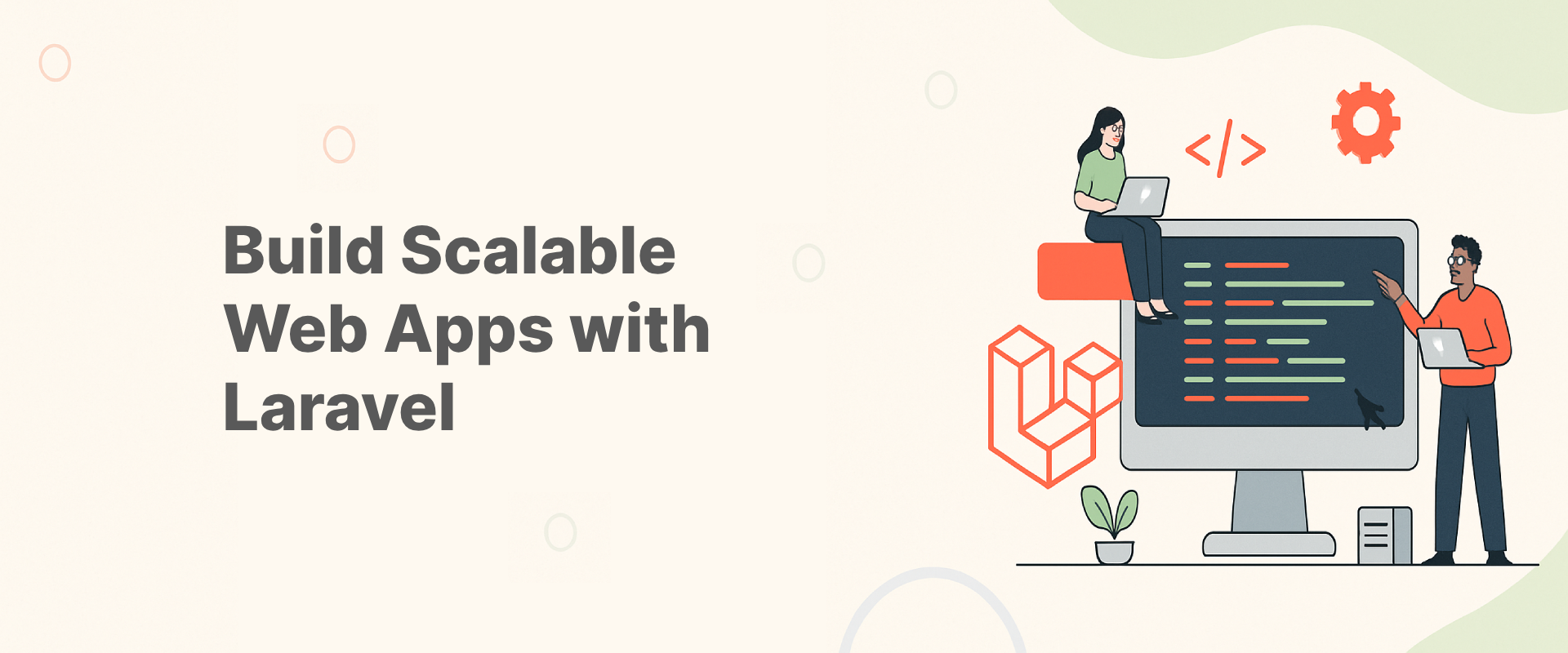Building the right CRM is not just about customer data – it’s about empowering your sales, marketing, and service teams to work smarter. A well-designed custom CRM development project unlocks serious business growth.
Key Takeaways
- Understand key CRM software requirements for modern businesses.
- Learn critical CRM system functionality that drives ROI.
- Explore must-have contact management features for success.
- Discover why Bytes Brothers is your ideal partner for custom CRM solutions.
Why a Custom CRM Beats Off-the-Shelf Solutions
Many startups make the mistake of choosing generic CRM platforms, only to realize later that the software cannot scale or adapt to their business needs.
Custom CRM development ensures:
- Tailored workflows that match your unique processes.
- Integration with internal tools (ERP, project management, communication apps).
- Flexible scalability as your user base and needs evolve.
Example:
A healthcare tech company built a custom CRM to manage patient follow-ups and automate appointment scheduling, integrating directly with HIPAA-compliant data storage—something an off-the-shelf CRM couldn’t handle.
Essential CRM Software Requirements
When planning a CRM, certain features are not optional – they are essential to delivering value and driving efficiency:
1. Centralized Customer Data Management
A robust CRM must consolidate all customer data into a single, accessible platform. Data should be searchable, editable, and shareable across authorized teams.
Technology Tip:
Use relational databases (like MySQL or PostgreSQL) with encryption layers to ensure secure, efficient data storage.
2. Sales Automation
Good CRM system functionality includes automating repetitive sales tasks such as:
- Lead assignment.
- Follow-up reminders.
- Opportunity tracking.
CRM automation reduces human error and accelerates deal closures.
3. Customizable Dashboards
Every team operates differently. Offer real-time, customizable dashboards that display the most critical KPIs for different departments.
// Example: Dynamic Widget Rendering in Laravel
foreach($user->widgets as $widget){
echo view(‘widgets.’ . $widget->type, [‘data’ => $widget->data]);
}
Must-Have Contact Management Features
Effective contact management features go beyond just saving names and phone numbers. Modern CRMs should offer:
- Full interaction history (emails, calls, meetings).
- Segmentation by custom tags and categories.
- Smart duplicate detection and merging.
- Relationship mapping between contacts and accounts.
Real-World Example:
An EdTech startup boosted their course enrollment rates by 30% by segmenting contacts based on interaction history and targeting campaigns accordingly.
Advanced CRM System Functionality for 2025 and Beyond
Beyond the basics, startups should look for advanced functionalities:
- AI-driven lead scoring.
- Predictive sales analytics.
- Automated email nurturing sequences.
- Voice-to-text call notes integration.
These features turn a CRM from a passive database into an active sales assistant.
How BytesBrothers Can Help You Build the Perfect CRM
At BytesBrothers, we specialize in custom CRM development tailored to your business processes, helping you achieve:
- Higher customer retention rates.
- Streamlined operations through automation.
- Faster sales cycles and predictable growth.
How a custom CRM can transform your business efficiency!
